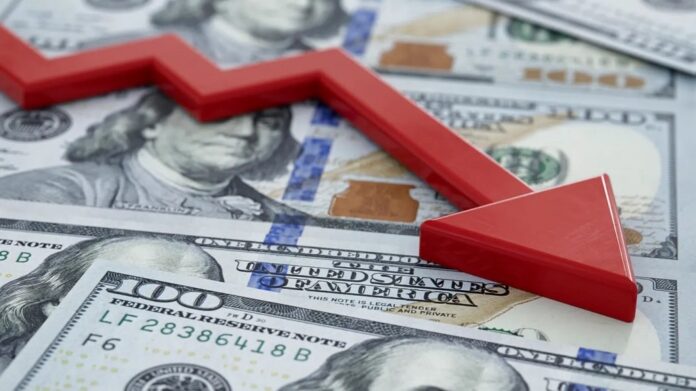The U.S. dollar slipped against major currencies on Monday, retreating from gains made the previous week as investors weighed the economic impact of President Donald Trump’s escalating tariff measures and the potential for slower growth and higher inflation.
The greenback began the week under pressure after Trump announced plans to double tariffs on imported steel and aluminium to 50% starting Wednesday. The move added to market jitters as China’s Commerce Ministry rejected U.S. accusations of violating a minerals agreement and pledged to take unspecified strong countermeasures.
At 1154 GMT, the dollar dropped 0.9% to 142.75 yen, nearly erasing its more than 1% gain from the prior week. The euro rose 0.56% to $1.1411, marking its highest level since late April, ahead of the European Central Bank’s rate decision and economic outlook later in the week.
Canada’s dollar, supported by its position as a leading steel exporter, strengthened 0.25% to C$1.3706, reaching its highest level in nearly eight months. The U.S. dollar index, which tracks the currency against six major rivals, declined 0.52% to 98.835, hovering just above its April 22 low.
The dollar has faced weeks of volatility amid Trump’s shifting trade policy. Investors are increasingly questioning its safe-haven role as fears of a U.S. recession grow. Since Trump’s April 2 announcement of sweeping tariffs dubbed “Liberation Day,” the dollar index has fallen around 5%, including a 2% decline over the past two weeks.
The currency found brief support last week after U.S.-EU trade talks resumed and a U.S. trade court blocked much of Trump’s tariffs, citing executive overreach. However, an appeals court reinstated the duties a day later, and the administration said it had alternative ways to implement them if legal challenges persist.
Fiscal uncertainty has also pressured dollar assets, with declines seen across U.S. stocks and Treasury bonds. The Senate begins debate this week on a tax and spending bill projected to add $3.8 trillion to the national debt, which currently stands at $36.2 trillion.
Concerns are mounting over a provision in the legislation that would allow the U.S. to tax foreign investors from countries deemed to have unfair tax policies, a move some fear could deepen investor unease toward U.S. capital markets.
On the data front, European business activity surveys showed signs of stabilization in manufacturing during May, while Asian factory output weakened. Later in the day, markets are awaiting the U.S. ISM manufacturing report and remarks from Federal Reserve officials, including Chair Jerome Powell.
In other currency movements, the Polish zloty hit a two-week low against the euro following the presidential election victory of Karol Nawrocki, a eurosceptic candidate, raising concerns about market direction.























